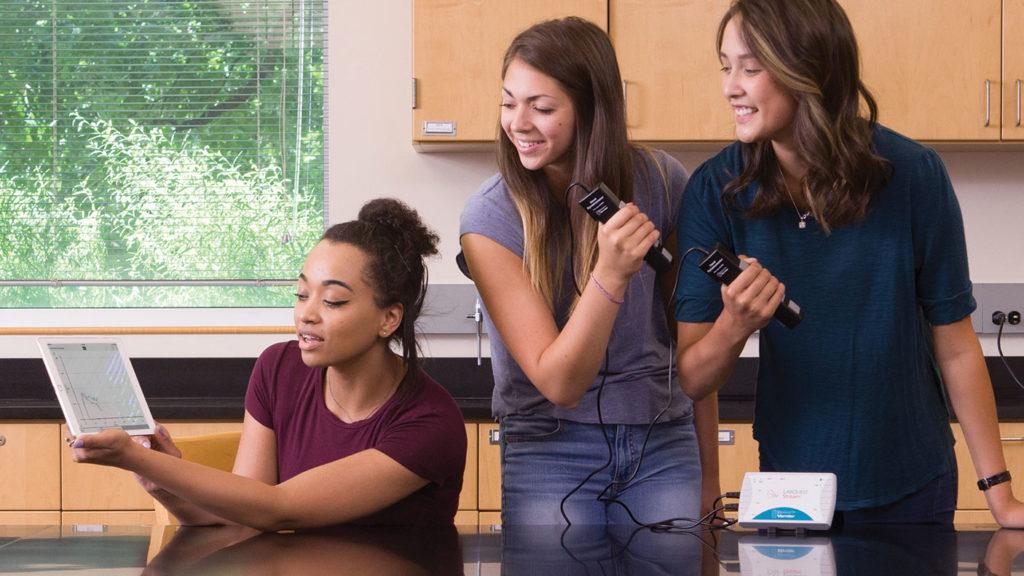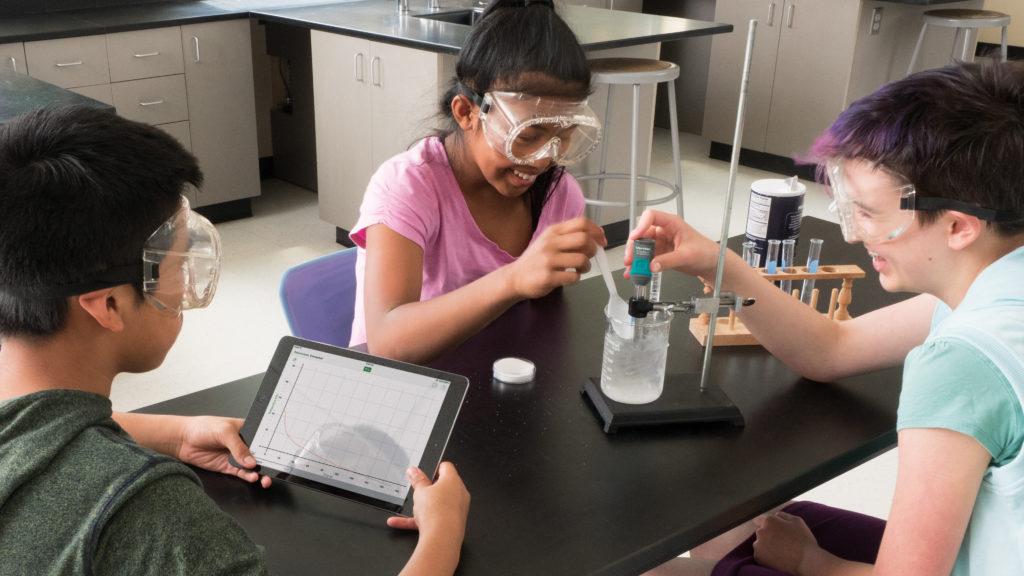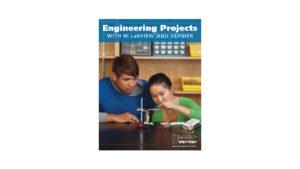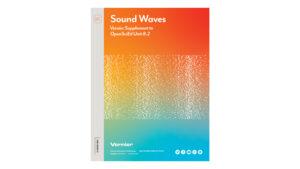Shop
- Educational Standards
- NGSS Correlations
Next Generation Science Standards

Teach the next generation of scientists and engineers using Vernier technology
NGSS and Vernier
Vernier lab books encourage students to investigate natural phenomena and solve real-world problems that closely align with the eight science and engineering practices identified in the Next Generation Science Standards* (NGSS). These science and engineering practices are the foundation of Vernier lab books and include
- Asking Questions and Defining Problems
- Developing and Using Models
- Planning and Carrying Out Investigations
- Analyzing and Interpreting Data
- Using Mathematics and Computational Thinking
- Constructing Explanations and Designing Solutions
- Engaging in Argument from Evidence
- Obtaining, Evaluating, and Communicating Information
Hands-on learning has been at the core of our mission for over 38 years, and as we create new products—whether it is hardware, software, or written investigations—we will work to align them to NGSS, making it easy for teachers and science supervisors to help students meet these standards.
How Does Probeware Support 3D learning?


Free NGSS Posters
Lab Books Developed for NGSS
Vernier produces a number of lab books in alignment with the Next Generation Science Standards, and many of the experiments are designed to support students in three-dimensional learning. Applying these concepts in the classroom helps students make connections and develop the critical thinking skills required for success in the 21st century.
These lab books are written specifically to correlate with NGSS guidelines. Each lab book is loaded with teacher tips, sample graphs, and editable Microsoft® Word® versions of the student pages you can customize to use in your classroom.
-
Physics Explorations and Projects
Starts at $45.00 -
Investigating Wind Energy
Starts at $24.00 -
Investigating Solar Energy
Starts at $24.00 -
Wind Energy Explorations
Starts at $24.00 -
Solar Energy Explorations
Starts at $24.00
Inquiry-Based Lab Books
Vernier’s inquiry-based lab books promote hands-on learning, reinforce science and engineering practices, and help students learn the 21st century skills promoted by NGSS. Many of these experiments help teachers directly address the three-dimensional learning recommended by the NGSS, including Science and Engineering Practices, Crosscutting Concepts, and Disciplinary Core Ideas.
-
Investigating Environmental Science through Inquiry
Starts at $45.00 -
Investigating Chemistry through Inquiry
Starts at $45.00 -
Investigating Biology through Inquiry
Starts at $45.00
STEM Engineering Lab Books
Vernier also publishes a number of STEM-specific lab books with projects and activities that promote engineering education and cover topics such as mechanics, pressure, and electricity.
OpenSciEd Supplements
Our partnership with OpenSciEd gives middle school teachers access to free high-quality instructional materials that integrate our data-collection technology and align with the Next Generation Science Standards.













